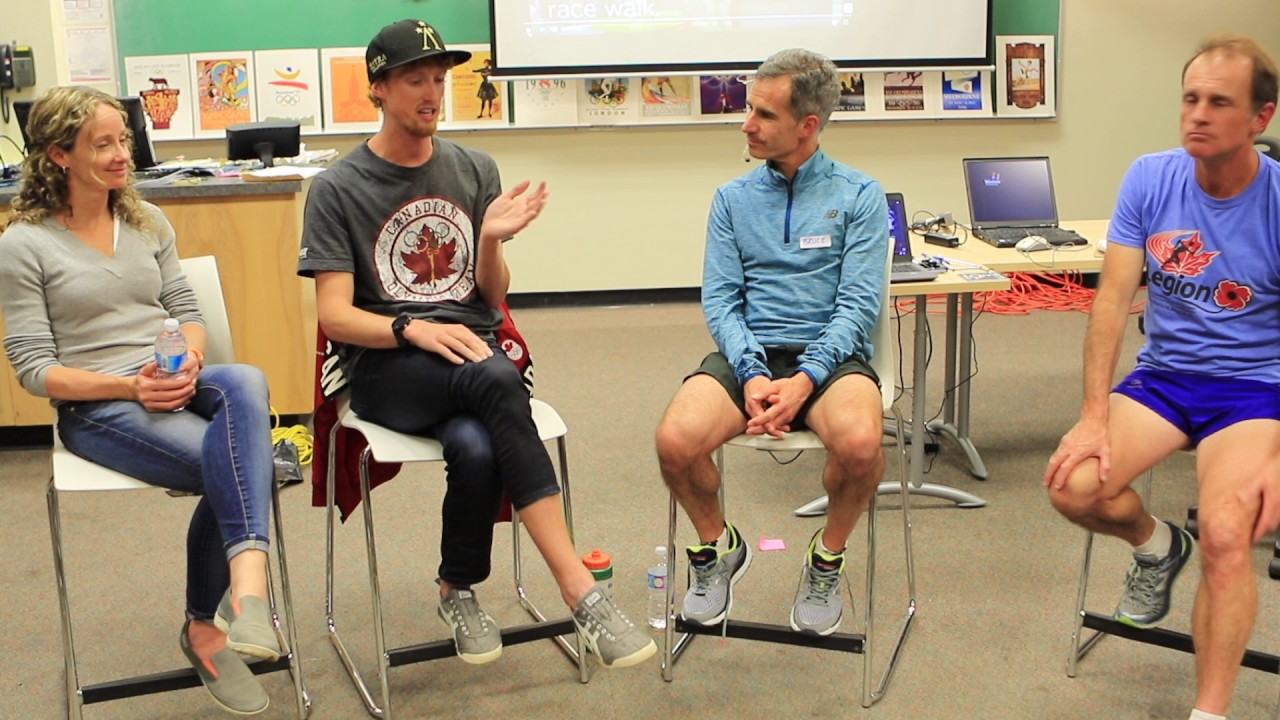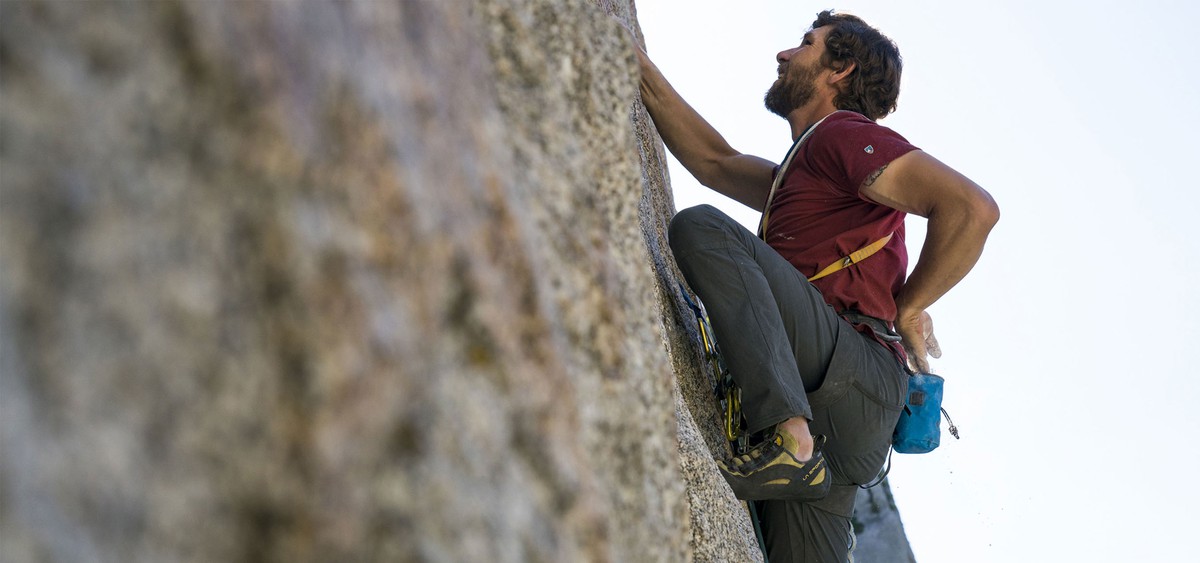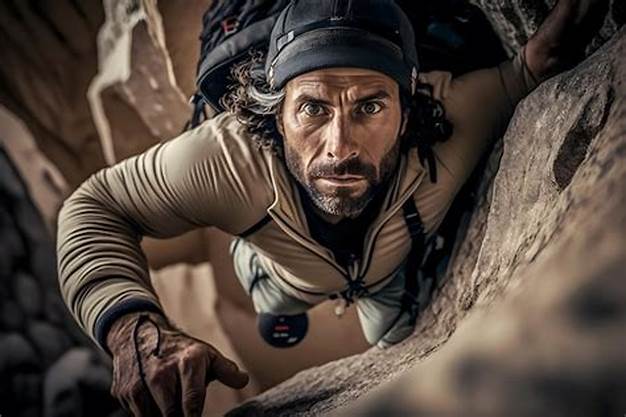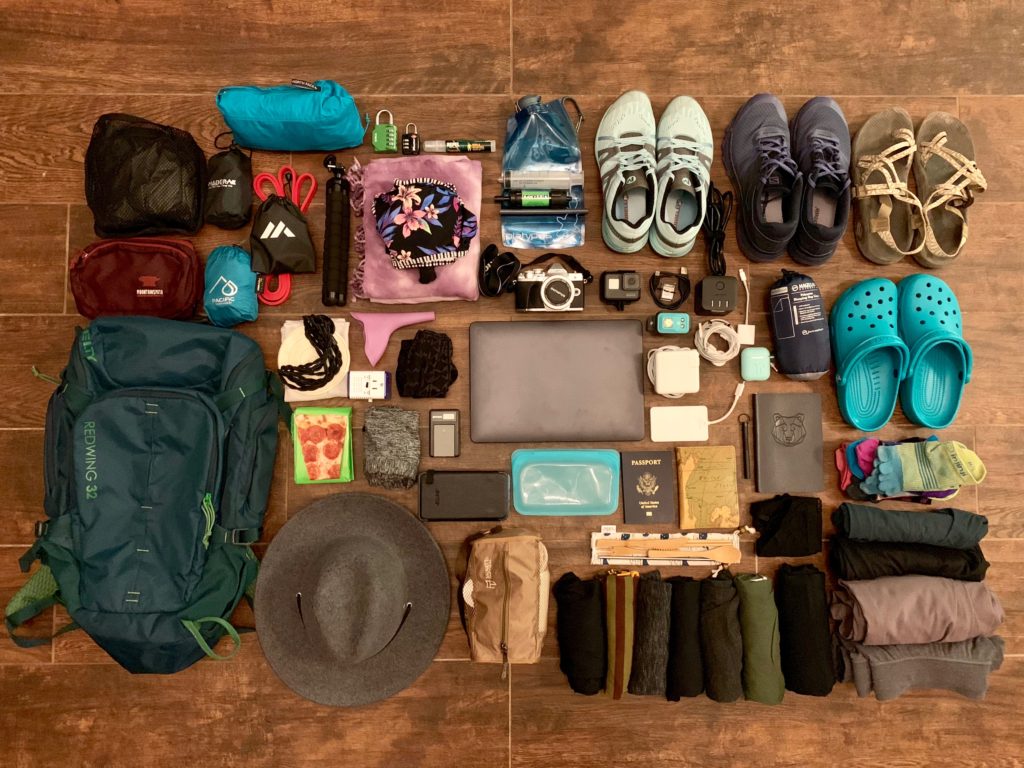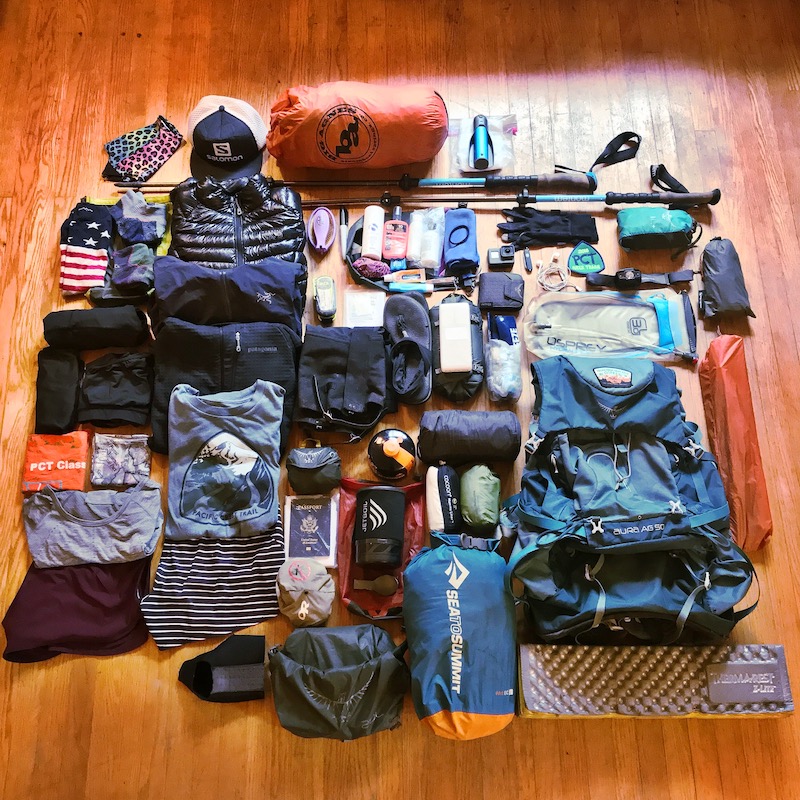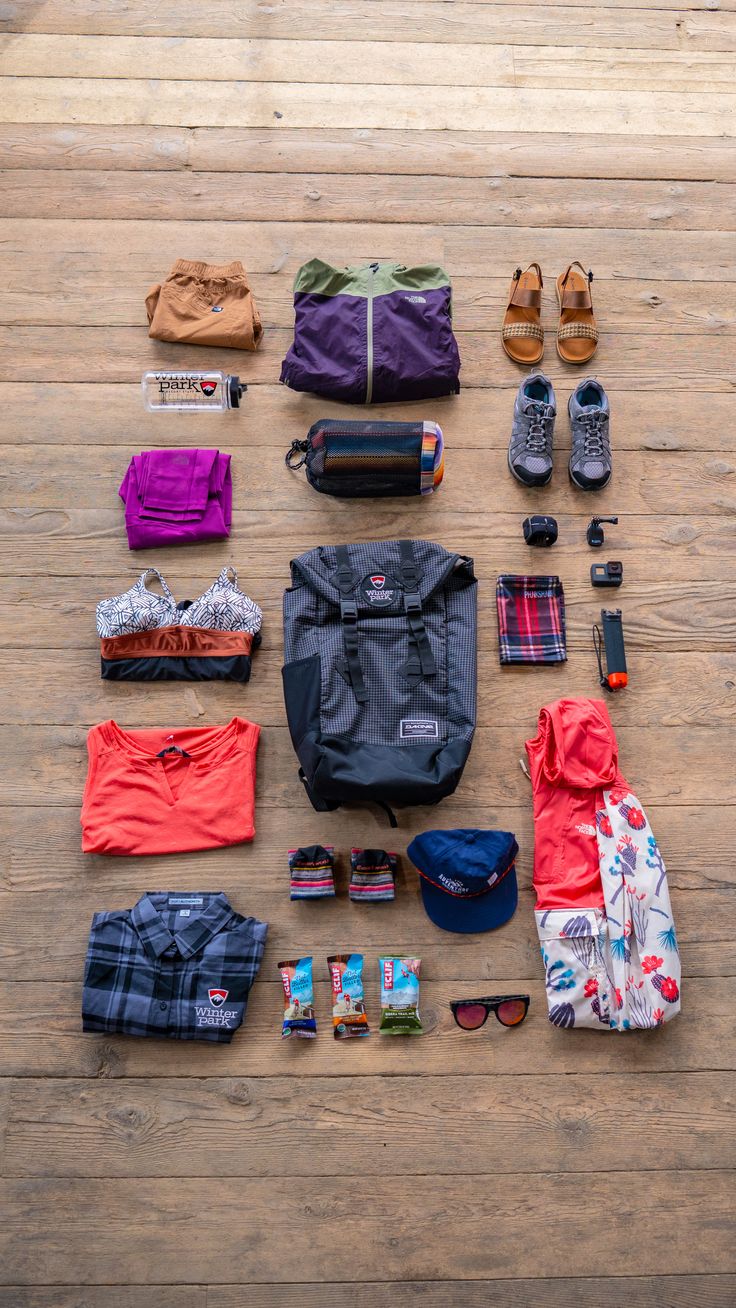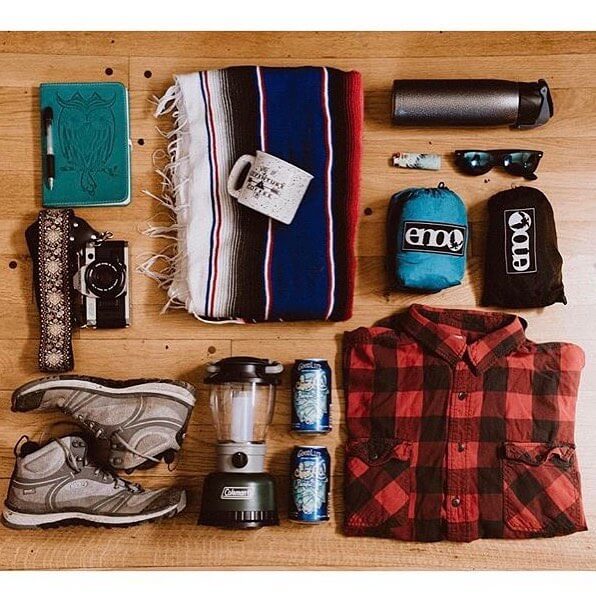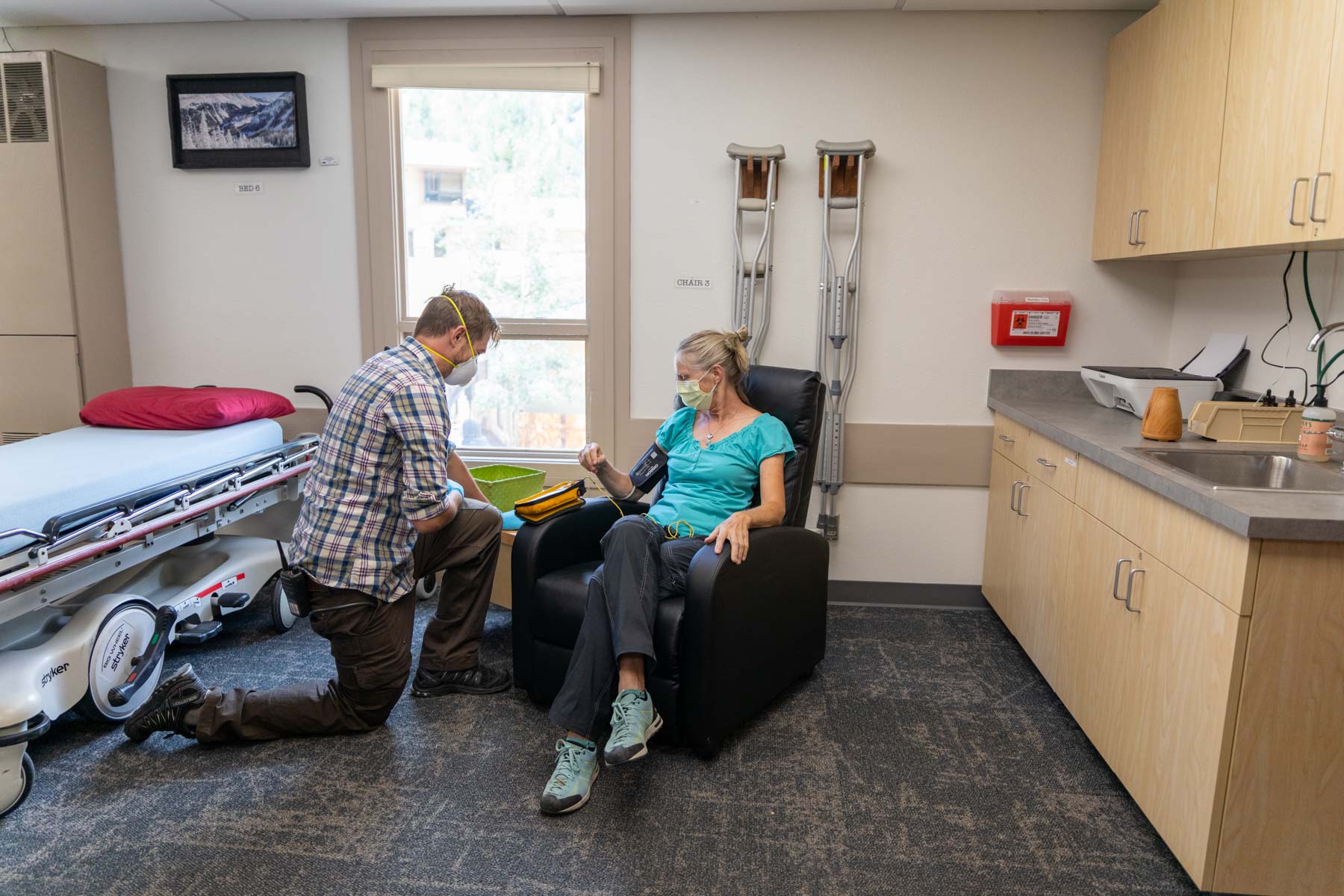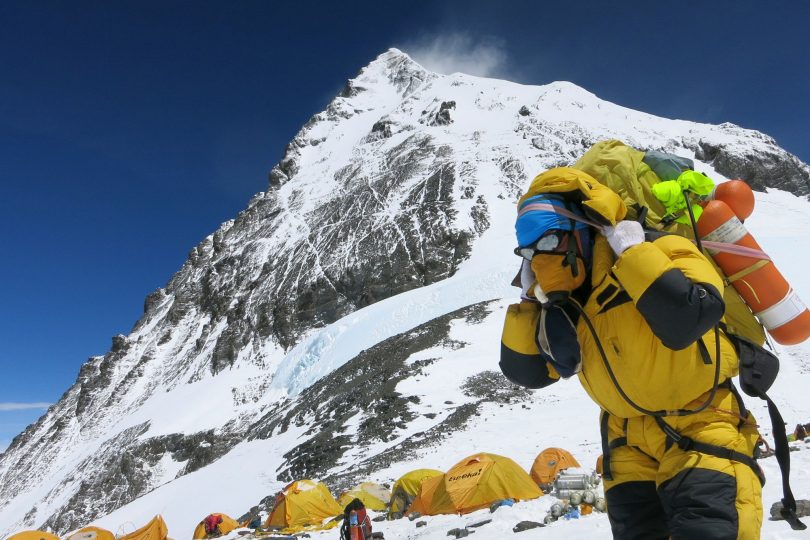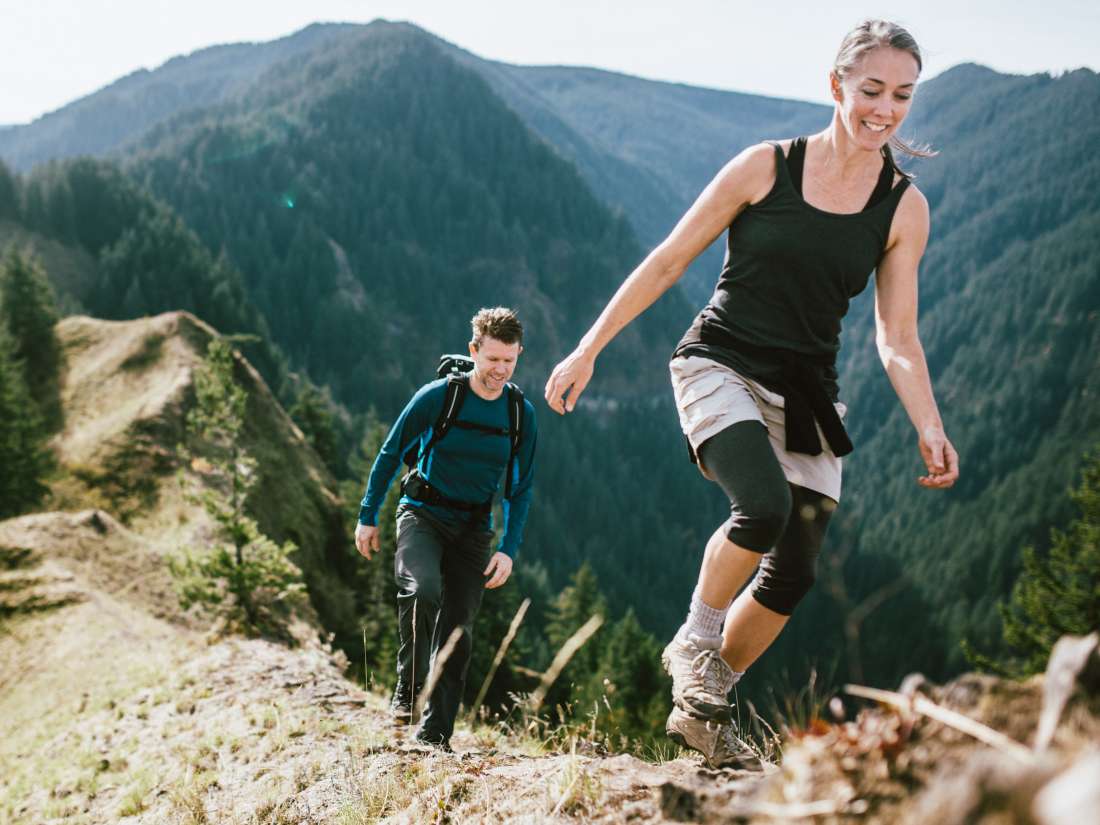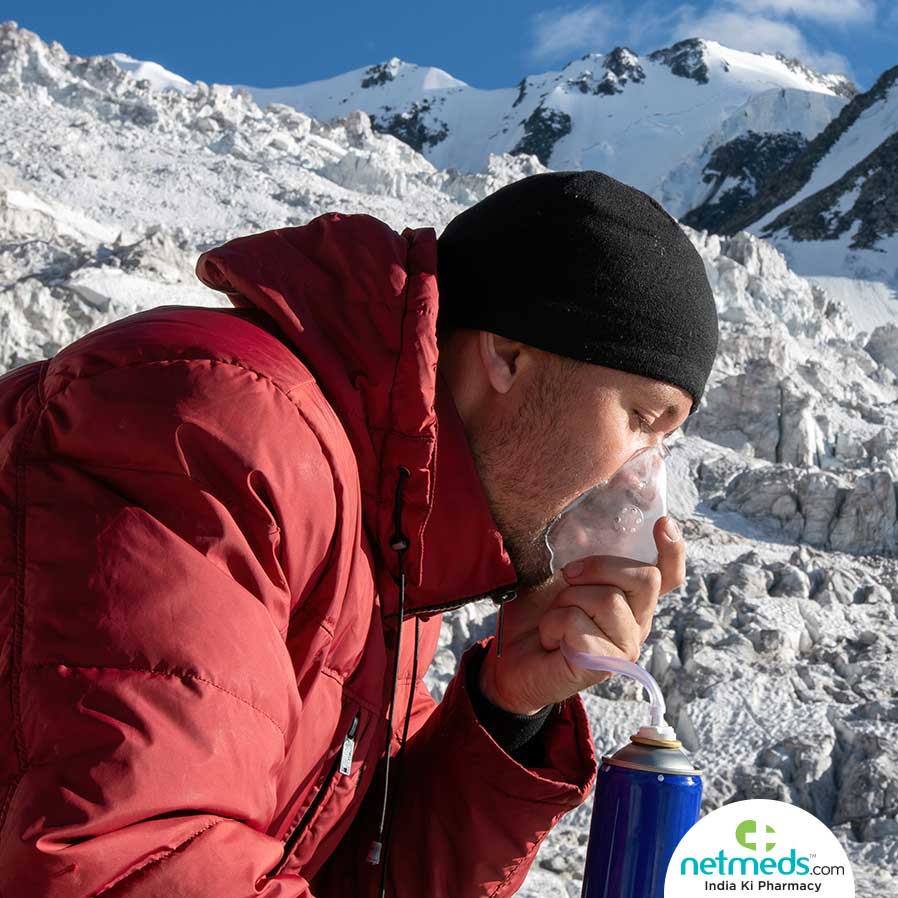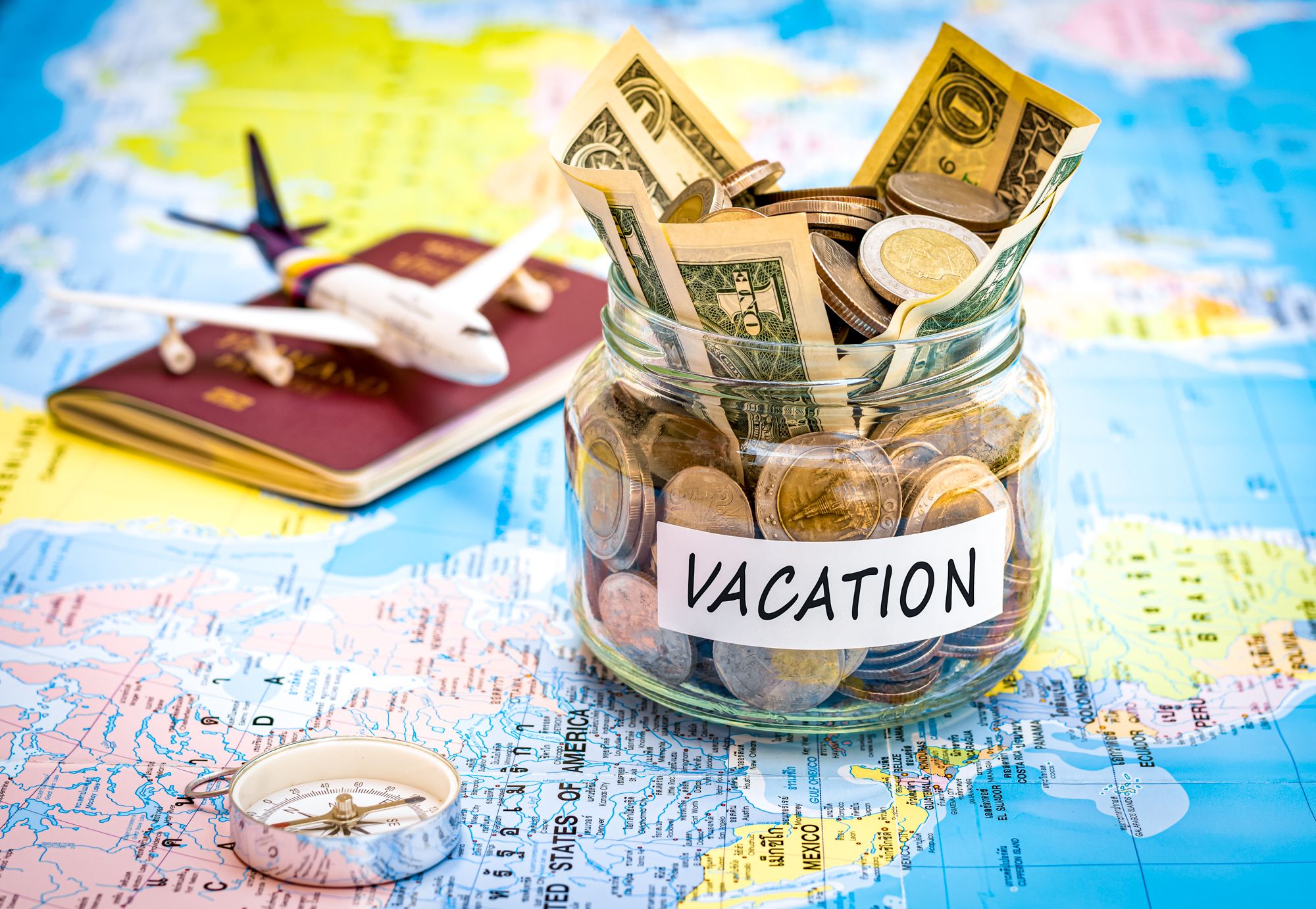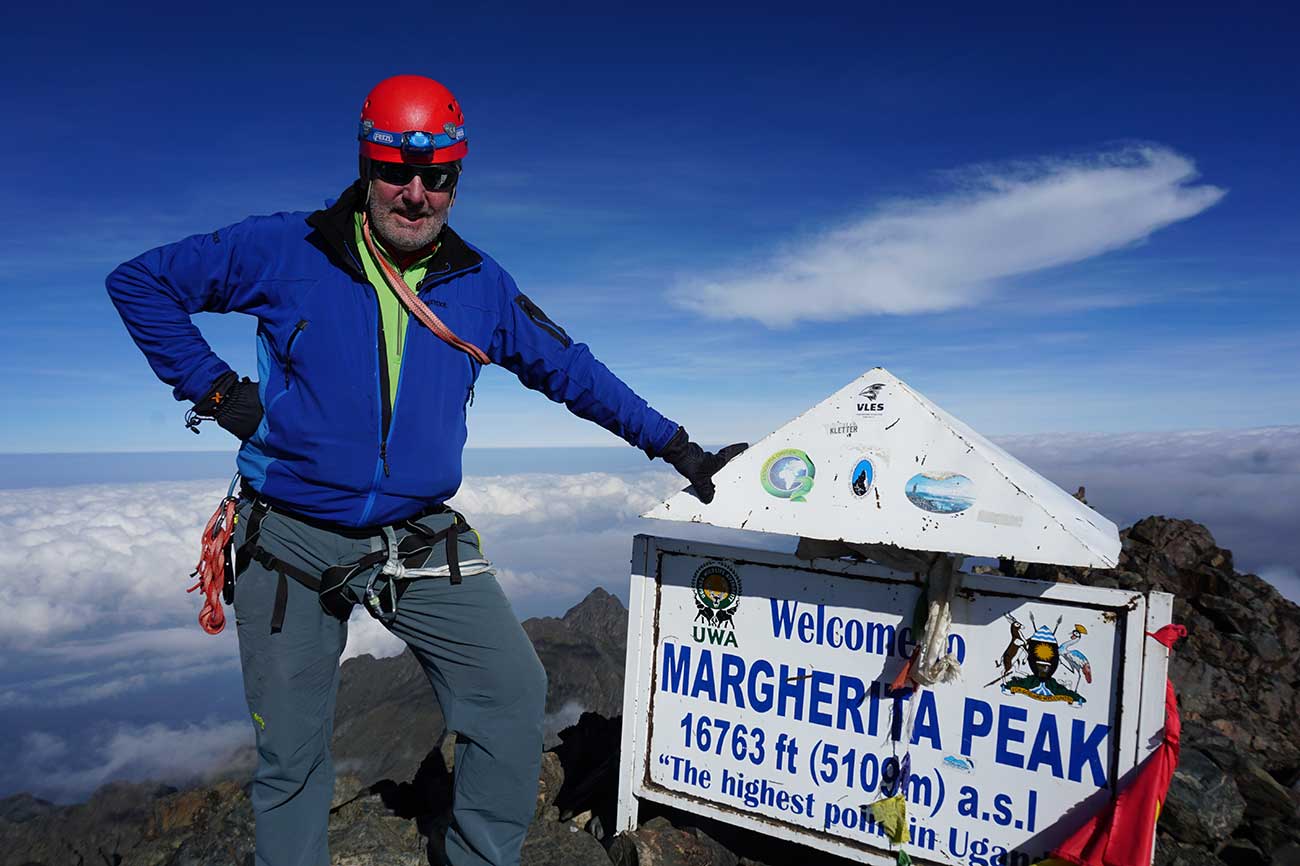
How to plan for Kilimanjaro mountain trekking and mountain Rwenzori Climbing
Planning and preparing for a trek to the Rwenzori mountains in Uganda and a climb to Kilimanjaro Mountains in Tanzania is an exhilarating experience that requires thorough preparation. From selecting the right trekking route to packing essential gear, this comprehensive preparation guide for mountain Rwenzori and Kilimanjaro covers everything you need to ensure a successful and memorable adventure. Following this guide will help you plan effectively and make the most of your journey no matter your level of experience in climbing Rwenzori mountains and hiking Kilimanjaro mountains.
Table of contents
- Best Time to Visit: Kilimanjaro and Rwenzori mountains
- Detailed Physical and Mental Preparation
- In-Depth Trekking Route Guide
- Comprehensive Packing list for Kilimanjaro & Rwenzori mountains
- Finding the Best Tour Operators: What to Look For
- Booking Accommodations and Permits: A Step-by-Step Guide
- Coping with Altitude Sickness: Prevention and Treatment
- Comprehensive Travel Insurance: What You Need to Know
- Budgeting for Your Trip and climb (Rwenzori and Kilimanjaro mountains): Detailed Cost Breakdown
- Additional Tips and Resources
1. Best Time to Visit: Kilimanjaro and Rwenzori mountains
Best Time to Visit Rwenzori Mountains:
- Dry Seasons (June to August, December to February): The best time to visit Rwenzori mountain in Uganda is during these months, as they offer the most stable weather conditions. This period is ideal for dry season mountain Rwenzori trekking, with clear skies, moderate temperatures, and less mud on the trails. Whether you’re planning to explore the lower slopes or aim for the higher peaks, the conditions during these months make for a more enjoyable trekking experience.
- Wet Seasons (March to May, September to November): During these months, mountain Rwenzori experiences its wet seasons, bringing heavy rainfall that can make the trails slippery and challenging. However, the lush vegetation and full rivers during this time create a unique and vibrant landscape. If you’re up for an adventure and don’t mind braving the elements, visiting during these months offers a different perspective of the Rwenzori Mountains.
Best Time to Visit Kilimanjaro mountain:
- Dry Seasons (January to March, June to October): The best time to visit Kilimanjaro mountain in Tanzania is during these dry seasons, when the weather is more predictable and the chances of successfully reaching the summit are higher. “Kilimanjaro weather” during these months is generally favorable for climbers, with clear skies and drier trails. This period is perfect for those looking to experience dry season trekking on Africa’s highest peak.
- Wet Seasons (April to May, November): Climbing Kilimanjaro during the wet seasons can be more challenging due to muddy trails and reduced visibility. However, if you prefer a quieter trek with fewer crowds, these months offer a more solitary experience. The trails might be tougher, but the serene atmosphere and the beauty of the rain-soaked landscape can make it a rewarding journey.
2. Detailed Physical and Mental Preparation
Physical Training for Kilimanjaro hike and Rwenzori trek:
- Endurance Training: Training for mount Kilimanjaro climbing and mount Rwenzori trekking fitness requires building stamina through long-distance hikes. Engage in hikes with a weighted backpack, aiming for 4-6 hours to simulate the daily trekking conditions you’ll encounter on the mountains. This will prepare your body for the endurance needed for these challenging mountain treks.
- Strength Training: Focus on lower body strength to prepare for the demanding terrain. Incorporate exercises like squats, lunges, and step-ups into your routine. Don’t forget to include core exercises such as planks, which are essential for improving overall stability and balance during your trek.
- Cardio Workouts: Boost your cardiovascular endurance with activities like running, cycling, or swimming. Including high-intensity interval training (HIIT) in your regimen can be particularly beneficial for building the resilience needed for trekking at high altitudes of mountain Rwenzori in Uganda and mount Kilimanjaro in Tanzania.
Altitude Acclimatization on Kilimanjaro and Rwenzori mountains:
- Simulated Altitude Training: To better prepare for the high altitudes of Kilimanjaro and Rwenzori mountains, consider using simulated altitude training equipment or training in actual high-altitude environments. These altitude acclimatization tips can help your body adapt to lower oxygen levels, reducing the risk of altitude sickness.
- Practice Hikes: Plan weekend hikes at gradually increasing altitudes to help your body acclimatize. Consider destinations like the Simien Mountains in Ethiopia or Mount Kenya for altitude practice before embarking on your big trip. These practice hikes are crucial for both Rwenzori trekking fitness and preparing for the Kilimanjaro climb.
Mental Preparation:
- Visualization Techniques: Mental preparation for trekking and climbing Rwenzori and Kilimanjaro mountains is just as important as physical training. Regularly visualize yourself successfully completing the trek, reaching the summit, and overcoming any challenges along the way. This mental practice can significantly boost your confidence and motivation.
- Stress Management: Learn and practice stress management techniques like deep breathing, meditation, or mindfulness. These strategies will help you stay focused and calm during the trek, allowing you to better handle the physical and mental challenges that may arise.
3. In-Depth Trekking Route Guide
Rwenzori Mountains Routes:
Central Circuit Route:
- Duration: 7-10 days
- Difficulty Level: Challenging
- Highlights: The Rwenzori Central Circuit guide is perfect for those seeking a thorough exploration of the Rwenzori Mountains. Highlights include Margherita Peak, the third-highest point in Africa, diverse ecosystems ranging from tropical rainforests to alpine zones, and breathtaking views of glaciers and valleys.
- Best For: Experienced trekkers looking for a comprehensive Rwenzori experience, combining challenging trails with stunning natural beauty.
Kilembe Trail:
- Duration: 6-8 days
- Difficulty Level: Moderate
- Highlights: The Kilembe Trail offers stunning landscapes, lower crowd density, and the chance to spot unique flora and fauna. As one of the best trekking routes in Rwenzori, this trail provides a slightly easier but still rewarding experience.
- Best For: Trekkers seeking a less crowded and moderately challenging route, ideal for those who want to experience the Rwenzori’s beauty without the intensity of the Central Circuit.
Kilimanjaro Routes:
Marangu Route (Coca-Cola Route):
- Duration: 5-6 days
- Difficulty Level: Moderate
- Highlights: Known for being the only mountain Kilimanjaro route with hut accommodations, the Marangu Route details include a shorter trek duration but lower success rates due to the rapid ascent. Despite its nickname, the “Coca-Cola Route” offers beautiful scenery and a comfortable trek.
- Best For: Beginners who prefer a shorter trek with more comfort, making it a popular choice for first-time climbers.
Machame Route (Whiskey Route):
- Duration: 6-7 days
- Difficulty Level: Challenging
- Highlights: The mount Kilimanjaro Machame Route details reveal a trek with varied scenery, including the Shira Plateau and the famous Barranco Wall. This route has higher success rates due to its longer acclimatization period, making it one of the best choices for those seeking a more challenging yet rewarding climb.
- Best For: Trekkers looking for a challenging but visually stunning route, with diverse landscapes and a better chance of reaching the summit.
Lemosho Route:
- Duration: 7-8 days
- Difficulty Level: Moderate to challenging
- Highlights: The Lemosho Route offers scenic views, less crowded paths, and the best acclimatization opportunities with its gradual ascent. Lemosho Route success rates are among the highest due to its well-paced climb, making it a top choice for serious trekkers.
- Best For: Trekkers who want to maximize their chances of a successful summit with a well-paced and visually rewarding climb.
4. Comprehensive Packing list for Kilimanjaro & Rwenzori mountains
Clothing:
- Base Layers: When considering what to pack for high-altitude mountain Rwenzori trekking and mountain Kilimanjaro hike, moisture-wicking thermal tops and bottoms are essential for temperature regulation. These layers are critical for staying dry and comfortable during both Kilimanjaro and Rwenzori mountain treks.
- Insulating Layers: Ensure you have fleece jackets, down jackets, and insulated pants to keep you warm in the colder mountain environments. These are among the best clothing for mountain trekking, providing necessary warmth without adding excessive weight.
- Outer Layers: Waterproof and windproof jackets and pants are a must-have in your mount Rwenzori and mountain Kilimanjaro packing list. They protect you against rain and wind, crucial for staying dry and avoiding hypothermia during your trek.
- Accessories: Pack warm gloves, beanies, neck gaiters, and sun hats to protect against varying weather conditions. These items are key components of the essential gear for Rwenzori trek and any other high-altitude adventure.
Mountain Rwenzori and mount Kilimanjaro Gear:
- Trekking Poles: Adjustable trekking poles are vital for navigating different terrains. They help maintain balance and reduce strain on your knees, making them an indispensable part of your essential gear for Rwenzori trek or any mountainous journey.
- Sleeping Bag: A down-filled sleeping bag rated for sub-zero temperatures is crucial for cold mountain nights. Whether you’re trekking Kilimanjaro mountain or climbing mountain Rwenzori, this item is a non-negotiable part of your packing list.
- Hydration System: A hydration bladder or water bottles are necessary to stay hydrated, along with a water purification system (tablets or portable filters) to ensure safe drinking water. Proper hydration is key when trekking at high altitudes.
Health and Safety:
- First Aid Kit: Include a comprehensive first aid kit in your mount Rwenzori and mount Kilimanjaro packing list, with bandages, antiseptics, pain relievers, and altitude sickness medication. Being prepared for health issues is crucial in remote mountain environments.
- Sun Protection: High-SPF sunscreen, lip balm with SPF, and sunglasses with UV protection are essential items to protect against the intense sun at high altitudes. These should always be included in what to pack for high-altitude mount Rwenzori trekking in Uganda and mount Kilimanjaro climbing in Tanzania.
- Personal Hygiene: Pack biodegradable soap, wet wipes, and a quick-dry towel to maintain hygiene during your trek. These items are essential for staying fresh and clean in the wilderness.
Additional Items:
- Headlamp: A reliable, hands-free light source with extra batteries is vital for navigating in the dark, whether setting up camp or trekking before dawn.
- Multi-tool: A compact multi-tool with a knife, pliers, and other essential functions is a versatile addition to your gear, useful in a variety of situations on the mountain.
- Entertainment: Bring along books, journals, or music to enjoy during downtime in the evenings. These small comforts can make a big difference during longer treks.
5. Finding the Best Tour Operators: What to Look For
Key Considerations:
- Reputation: When searching for the best tour operators for mount Rwenzori or mount Kilimanjaro, prioritize those with consistently positive reviews on platforms like TripAdvisor and Trustpilot. A strong reputation indicates reliable service and satisfied customers.
- Experience: Opt for mountain Kilimanjaro climbing companies and mount Rwenzori trekking operators with a long history of guiding treks in these regions. Experience is key to ensuring a smooth and successful trekking adventure, especially in challenging environments.
- Sustainability Practices: Look for responsible trekking operators committed to sustainable tourism. This includes eco-friendly practices and the fair treatment of porters and guides. Choosing a company that values responsible tourism ensures that your trek supports local communities and minimizes environmental impact.
6. Booking Accommodations and Permits: A Step-by-Step Guide
Rwenzori Mountains accomodations and permits:
- Accommodations: Options range from affordable mid-range hotels to more comfortable and luxurious eco-lodges near Rwenzori mountains in areas like Fort Portal and Kasese. For those planning a mountain Rwenzori climb and trek in Uganda, booking accommodations near mountain Rwenzori well in advance is crucial, especially during peak trekking seasons. Eco-lodges provide a sustainable and serene environment to relax before and after your trek.
- Permits: Securing mountain Rwenzori trekking permits is essential for your adventure. These can be obtained through the Uganda Wildlife Authority or reputable tour operators like us Kilimanjaro Rwenzori Climbing experts and are included in your mountain Rwenzori tour package. The cost of the permits varies depending on the length of your trek and the specific route you choose. Understanding how to get mountain Rwenzori trekking permits is key to ensuring a smooth planning process.
Kilimanjaro Mountains accomodations and permits:
- Accommodations: The Marangu Route offers hut stays, providing a bit more comfort compared to other routes, which require camping. Most mountain Kilimanjaro climbing companies handle the process of booking accommodations near Kilimanjaro mountain for you both mid-range and luxurious stays, ensuring that you have a place to rest before, during, and after your mountain Kilimanjaro climb in Tanzania.
- Permits: Permits are mandatory for all mountain Kilimanjaro treks, and they are typically included in your mountain Kilimanjaro tour package. Make sure your operator is licensed and well-versed in the permit process. Knowing how to get mountain Kilimanjaro trekking permits through a reliable operator ensures that all legal requirements are met, allowing you to focus on the climb ahead.
7. Coping with Altitude Sickness: Prevention and Treatment
Understanding mountain Rwenzori and mount Kilimanjaro Altitude Sickness:
- Symptoms: Early signs of altitude sickness include headaches, nausea, dizziness, and fatigue. In severe cases, it can escalate to life-threatening conditions like HAPE (High Altitude Pulmonary Edema) or HACE (High Altitude Cerebral Edema). Knowing how to recognize these symptoms is crucial for preventing altitude sickness on mount Kilimanjaro in Tanzania and the Rwenzori Mountains in Uganda.
- Risk Factors: Rapid ascent, dehydration, and a previous history of altitude sickness significantly increase the risk. Familiarize yourself with the Rwenzori and Kilimanjaro mountain altitude sickness guide to understand the factors that might affect your trek.
Prevention Strategies:
- Gradual Ascent: One of the most effective strategies for how to acclimatize for high-altitude trekking is following the “climb high, sleep low” principle. Taking acclimatization days as recommended by your guide helps your body adjust to the changing altitude, reducing the risk of altitude sickness.
- Hydration: Drink at least 3-4 liters of water daily to prevent dehydration, which can exacerbate symptoms. Proper hydration is a key component of preventing altitude sickness on mount Rwenzori and mount Kilimanjaro and other high-altitude treks.
- Medication: Consider using prophylactic medications like Diamox (acetazolamide) as part of your strategy to prevent altitude sickness. Consult with your doctor before the trek to discuss the best options for you.
Emergency Response:
- Immediate Descent: The most effective treatment for altitude sickness is to descend to a lower altitude as quickly as possible. If symptoms worsen, do not delay in seeking lower ground.
- Oxygen Therapy: Some responsible trekking operators include portable oxygen tanks as part of their emergency equipment. This can be a lifesaver in severe cases, providing necessary oxygen while arranging for descent.
- Communication: Ensure your guide has the means to communicate with base camp or emergency services if needed. Quick communication is vital in managing treatment for altitude sickness and ensuring safety during your trek.
8. Comprehensive Travel Insurance: What You Need to Know
Coverage Essentials:
- Medical Coverage: When selecting the best travel insurance for mount Kilimanjaro or mountain Rwenzori treks, ensure your policy includes high-altitude travel insurance that covers trekking at elevations up to 6,000 meters. It’s crucial that the policy also covers emergency evacuations, including helicopter rescues, which are sometimes necessary in remote mountain areas.
- Trip Cancellation: Protect your investment with coverage for trip cancellations or interruptions due to unforeseen circumstances. This is particularly important for high-altitude treks where weather conditions or health issues can lead to changes in your plans.
- Equipment Loss: Make sure your policy includes coverage for mountain Rwenzori and mount Kilimanjaro trekking gear, such as lost or damaged equipment. Replacing gear in remote areas like the Rwenzori Mountains can be costly and challenging, so this coverage is essential for peace of mind.
Top Providers:
- World Nomads: Known for offering specialized adventure travel insurance, World Nomads provides coverage for high-altitude trekking, including Kilimanjaro, up to 6,000 meters. This makes it an excellent choice for those seeking Rwenzori mountain trekking insurance as well.
- Allianz Global Assistance: Allianz is recognized for its comprehensive coverage and excellent customer service. They offer 24/7 emergency assistance and policies that can include high-altitude travel insurance, making them a reliable option for trekkers needing robust coverage for trekking gear and medical emergencies.
9. Budgeting for Your Trip and climb (Rwenzori and Kilimanjaro mountains): Detailed Cost Breakdown
Mountain Rwenzori and mountain Kilimanjaro trekking costs:
- Rwenzori: When planning your Rwenzori trekking budget, expect to spend between $1,000 to $2,500. The cost to trek mountain Rwenzori in Uganda varies depending on factors like the chosen route, trek duration, and the level of services provided by the operator.
- Kilimanjaro: The cost to climb Kilimanjaro mountain typically ranges from $1,500 to $3,000. Factors such as route choice, the reputation of the trekking company, and the size of your group can influence the overall price. For those looking to keep costs down, consider searching for affordable Kilimanjaro treks that offer good value without compromising on safety and quality.
Additional Expenses:
- Gear: Allocate between $500 to $1,000 for essential high-quality trekking gear, including boots, clothing, and sleeping bags. Investing in good gear is crucial for comfort and safety on both Rwenzori mountain hikes in Uganda and mount Kilimanjaro treks in Tanzania.
- Visas: Visa fees vary depending on your nationality. For instance, U.S. citizens pay $100 for a Tanzanian visa, which should be factored into your overall Rwenzori mountain trekking budget or Kilimanjaro trip costs.
- Vaccinations: Ensure you are up-to-date on necessary vaccinations, such as Yellow Fever and Hepatitis A, which can cost between $100 and $300. These are important for travel safety and health.
Saving Strategies:
- Group Discounts: If you’re looking for ways to reduce the cost to climb Kilimanjaro mountain or trek mountain Rwenzori, consider traveling with a group. Operators often offer discounts for larger parties, making it a cost-effective option.
- Off-Peak Travel: Another way to save is by trekking during shoulder seasons, when prices for flights and accommodations are typically lower. This strategy can make your Rwenzori trekking budget more manageable and help you find affordable Kilimanjaro treks.
- Visas: Visa fees vary depending on your nationality. For instance, U.S. citizens pay $100 for a Tanzanian visa, which should be factored into your overall Rwenzori trekking budget or Kilimanjaro trip costs.
- Vaccinations: Ensure you are up-to-date on necessary vaccinations, such as Yellow Fever and Hepatitis A, which can cost between $100 and $300. These are important for travel safety and health.
10. Additional Tips and Resources
Cultural Considerations:
- Local Etiquette: When trekking in these regions, it’s important to respect local customs. Learning basic Swahili phrases for Kilimanjaro and Rutooro for Rwenzori can go a long way in showing respect to local communities. Understanding cultural tips for Kilimanjaro and Rwenzori mountains helps create a more meaningful and positive experience for both trekkers and locals.
- Responsible Tourism: Engaging in responsible tourism of mountain Rwenzori in Uganda and mountain Kilimanjaro in Tanzania means supporting local economies by purchasing goods from local markets and hiring local guides. This approach not only enriches your experience but also contributes to the well-being of the communities that host your adventure.
Useful Resources:
- Guidebooks: For those looking for useful resources for mountain trekking, consider guidebooks like “Kilimanjaro: The Trekking Guide to Africa’s Highest Mountain” by Henry Stedman and “Mountains of the Moon: The Rwenzori Range” by Amelie Wasiliev. These books provide detailed insights and practical advice for planning your trek.
- Online Communities: Joining trekking forums and communities is a great way to gather advice and trip reports from fellow trekkers. Forums like Lonely Planet’s Thorn Tree or Reddit’s r/travel are valuable resources where you can connect with others who have trekked these mountains, ask questions, and share experiences.
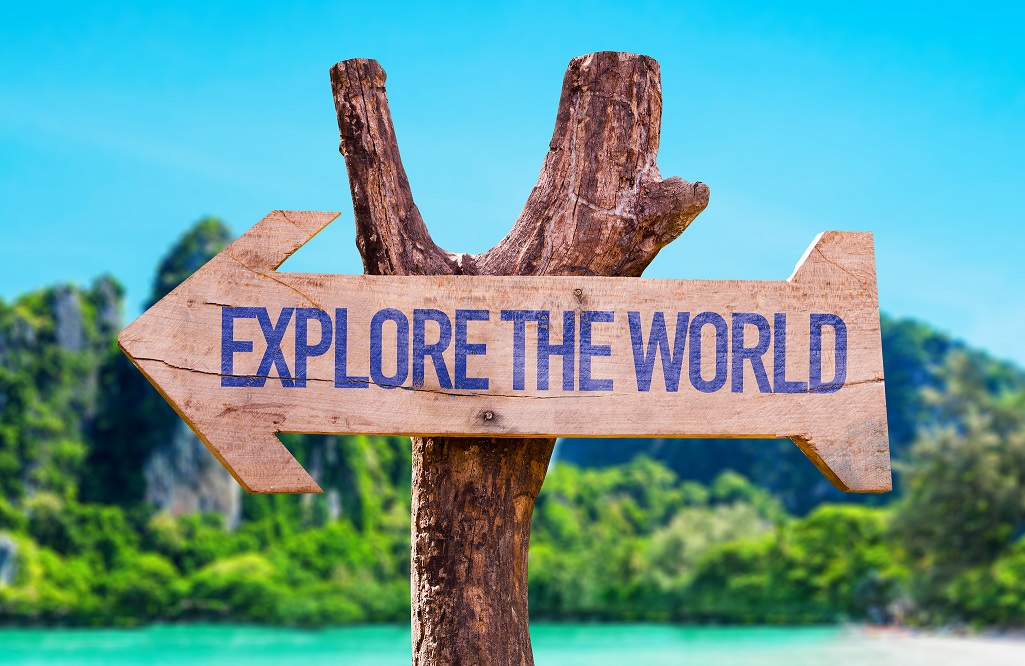
Conclusion
Planning a successful trek to the Rwenzori and Kilimanjaro Mountains requires thorough preparation, but the rewards are immense. With stunning landscapes, rich cultural experiences, and the sense of achievement that comes with reaching the summit, your adventure will be one for the books. Use this guide to ensure you’re fully prepared and ready to embark on the journey of a lifetime.
Call to Action:
Ready to start planning? Contact Kilimanjaro Rwenzori Climbing experts today to secure your spot on the trek of a lifetime and begin your adventure in the Rwenzori or Kilimanjaro Mountains!


